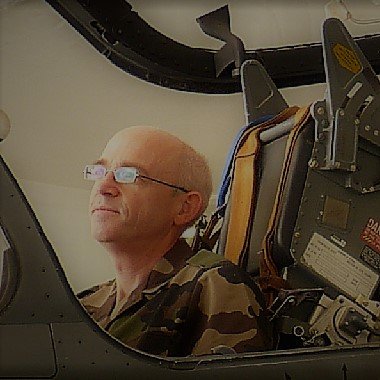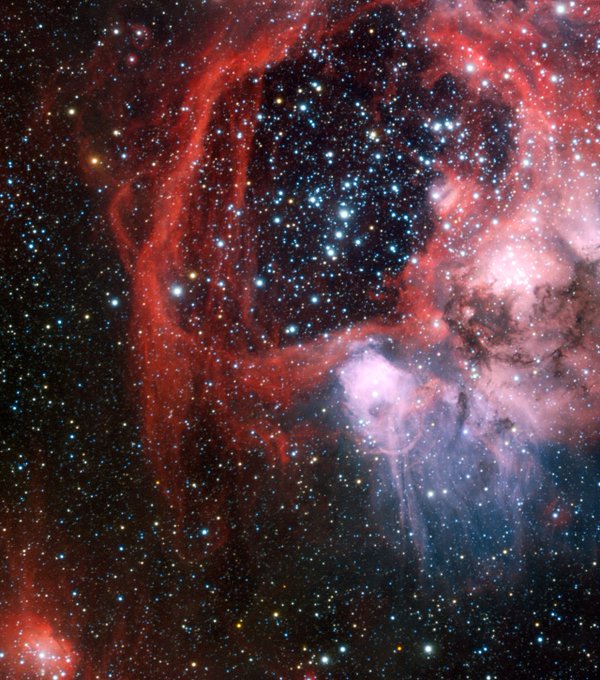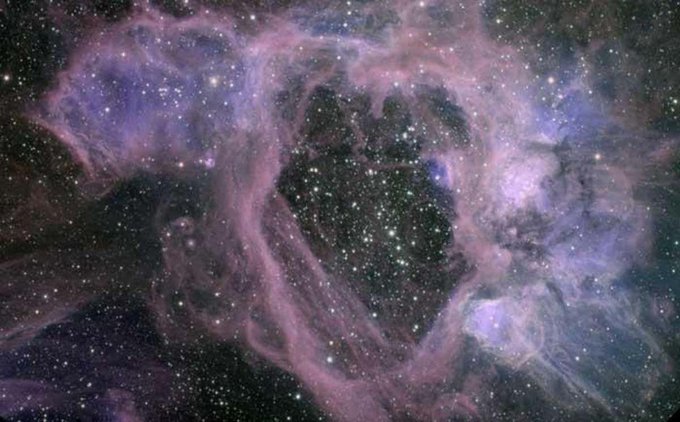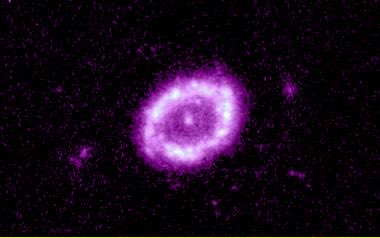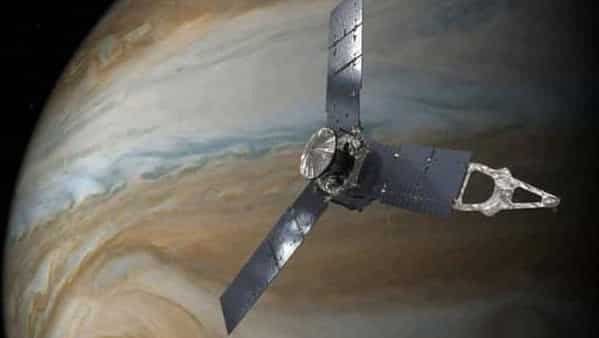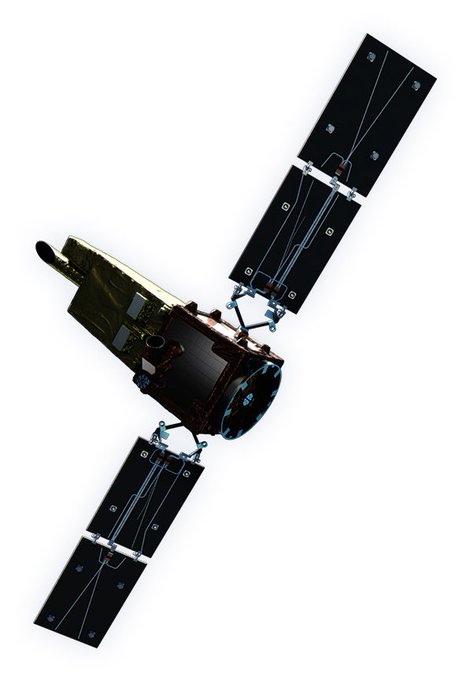Superbubble LHA 120-N 44 in the Large Magellanic Cloud, surrounding the star cluster NGC 1929 https://t.co/6xNxrOhlvn #Science #Astrophysics #Space Img1 ESO-VLT/Manu Mejias Img2 Gemini Observatory/AURA Img3 in X-ray the star cluster NGC 1929,NASA/CXC/U. Mich./S. Oey https://t.co/uuqunWSLLg
More on Eta Carinae NGC 3372 giant, bright & red nebula: Img1 surroundings https://t.co/dDYluWDrxS Img2 by Amit Ashok Kamble https://t.co/JN4PBH2OrX Img3 https://t.co/qfRu1N1ctT Img4 At the heart https://t.co/YdzN16QLUp #Space #Astronomy #lookingatthesky https://t.co/5iUS5Jk8BX
To capture Tulip Nebula in Cygnus, let’s follow the guide https://t.co/eI3SymR8d1 #Space #Astronomy #lookingatthesky https://t.co/jMl1E64pMx
Could humans move in the future around #Mars surface with just a breathing apparatus?
#Space #innovation #planetology https://t.co/CLJeKNX9SZ
Helix Nebula, one of the closest to the Earth of all the bright planetary nebulae, at ~700 light-years Img1 with my @Unistellar #eVscope on Aug30 Img2 from https://t.co/diyFvnWLnm Img3 by NASA/JPL-Caltech/K. Su (Univ. of Arizona) #Space #astronomy #lookingatthesky
Omega Nebula M17: one of the largest star-forming regions in #MilkyWay & contains one of our galaxy’s youngest star clusters, Img1&2 with my @Unistellar #eVscope on Aug28 Img3 ESO’s La Silla Observatory in Chile Img4 components of M17 https://t.co/O095JHKUMU #Space #Astronomy
Beautiful #Mars, Juventae Chasma, colorful hills https://t.co/NB3XL2ZaUg Such a planet deserves to be explored by #Humans whether life exists or not #Space #planetology #geomorphology #spaceexploration https://t.co/Lu2T4PJInc
M94 a starburst Galaxy : Img1 https://t.co/5zl6VMoLiu Img2 from the Ultraviolet Imaging Telescope (UIT) on Astro-2 mission of Space Shuttle Endeavour https://t.co/9F4miZ5yaG Img3 core of the Galaxy by @NASAHubble https://t.co/CHcY8vcxbI Img4 by GALEX #Space #lookingatthesky
The unique journey of @NASALucyMission : 3548-Eurybate, 15094-Polymèle, 11351-Leucos, 21900-Oros, 617-Patrocle-Ménétios & Donaldjohanson, #Space #technologies #solarsystem #Space #Origin Launch October 2021 https://t.co/bLXAQR6pL0
A trio of observatories, @NASAJuno #spacecraft, the Hisaki satellite from @JAXA_en and @keckobservatory on Maunakea in Hawaiʻi, to discover the likely source of Jupiter’s thermal boost. https://t.co/UHdIXaaB2e #Space #Science #planetology https://t.co/ds05vBL7fC
